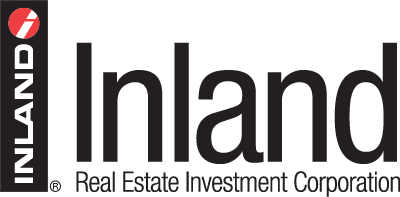The Qualified Opportunity Zone (QOZ) investment landscape has been good as of late. For investors looking to defer capital gains tax on an investment property sale, participating in the development of underserved communities could be an optimal option.
Originally introduced as part of the 2017 Tax Cuts and Jobs Act, the QOZ investment program was created to stir private investment in more than 8,700 census tracts across the U.S., identified by the U.S. Treasury as economically distressed areas.
The program got off to a bumpy start, with the IRS needing to issue additional rulings within the first few years to clarify certain ambiguities. But, by the end of 2019, activity had picked up. It was estimated that some $75 billion1 had been raised in Qualified Opportunity Funds (QOFs), which are the designated investment structure for QOZs.
Today, investor interest appears to be accelerating. According to Novogradac, a top 50 accounting firm that tracks QOZ activity., investments grew 15.5% over the prior year in the first half of 2021.2
The increasing appeal of QOZ investing can be attributed to several factors:
Ability to defer capital gains tax on any property type.
Unlike a 1031 Exchange that provides tax-deferral benefits to taxpayers when exchanging real estate investment property, QOZ investments enable taxpayers to defer capital gains on virtually any asset, including stocks, bonds, mutual funds, art, jewelry, and real estate. With the stock market's strength in 2021, many investors may be sitting on significant embedded capital gains they would like to defer.
Ability to eliminate capital gains tax on appreciated value in the QOZ investment.
QOZ rules offer tax benefits to investors in the form of deferral, reduction, and potential elimination. The ability to eliminate tax on gains earned from the QOZ investment due to a step-up in basis at year ten may be appealing to many investors. The step-up in basis benefit expires on December 31, 2021, which may be a reason for increased investment as 2021 comes to an end.
Ability to help protect assets should capital gains tax rates increase.
President Biden's Build Back Better reconciliation bill currently proposes increasing the capital gains rate for taxpayers in the top marginal tax bracket from 20% to $28%.3 According to a 2021 study by researchers at UC Berkeley,4 it was estimated that the average household income in 2019 for QOZ investors was greater than $1 million. And while many of these households may not fall in the top bracket, deferring capital gains tax is still meaningful for high-income earners. On the other hand, some investors may prefer to pay their capital gains tax at current rates rather than deferring to a time when rates could be higher.
As legislators work towards agreement and passage of the bill, there remain many unknowns about how a new law could impact QOZ investing. But for the moment, at least, the QOZ program is drawing increasing interest, and investors and communities alike potentially stand to benefit from the current rules under which the program operates.
Know that QOZ investors often have different goals. Some may be impact investors committed to community development, while others may be more focused on returns, real-estate diversification, or tax deferral. Regardless of objectives, the QOZ program has introduced individuals to an alternative investment that could potentially improve portfolios and potentially improve underserved communities. And those are opportunities that would appeal to many investors.
3https://taxfoundation.org/reconciliation-bill-capital-gains-tax/
4https://www.dropbox.com/s/zt1ws7e2py4hxsn/oz_kennedy_wheeler.pdf?dl=0




